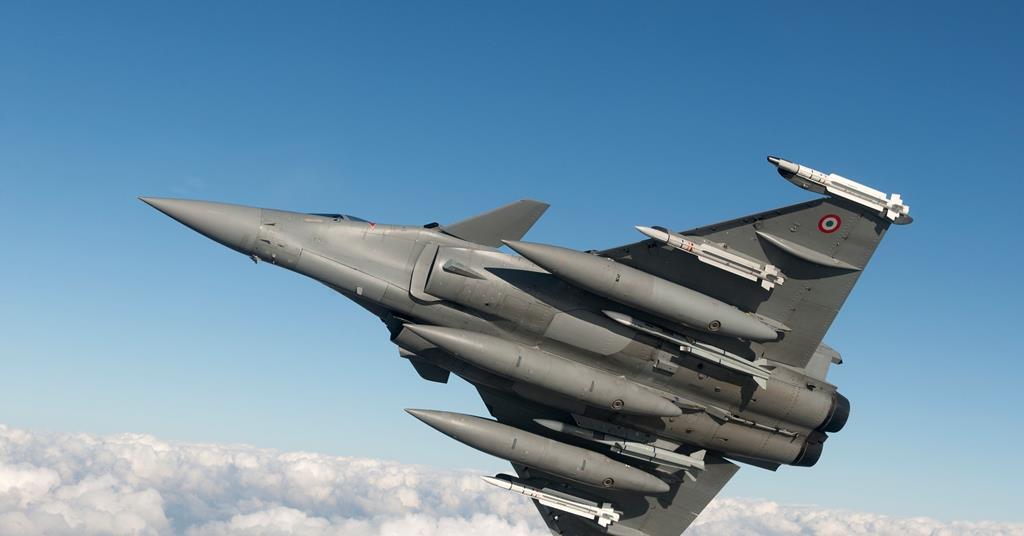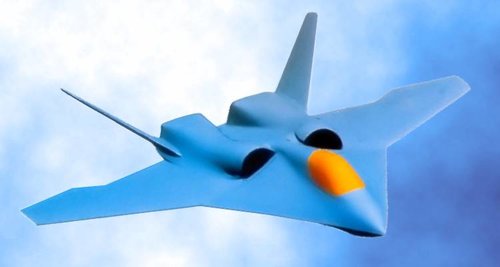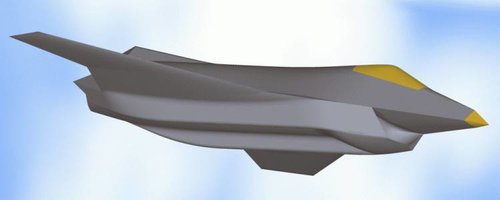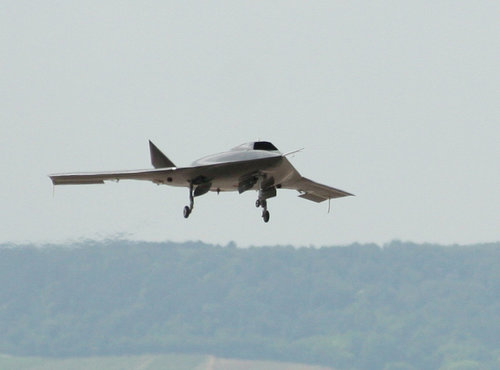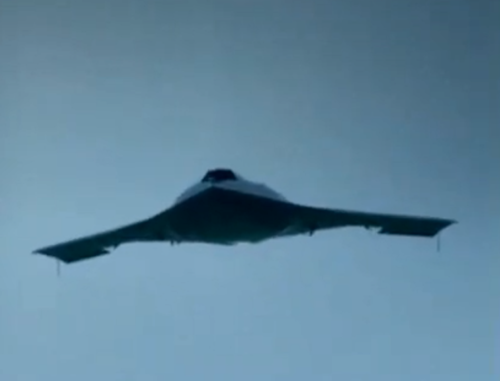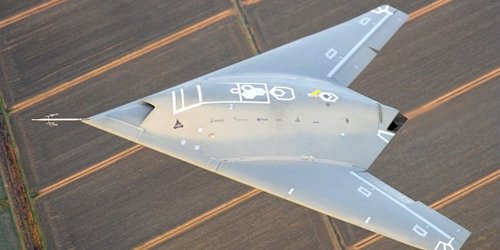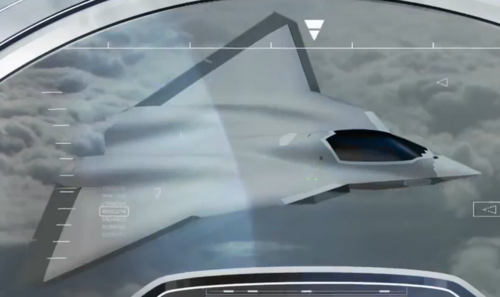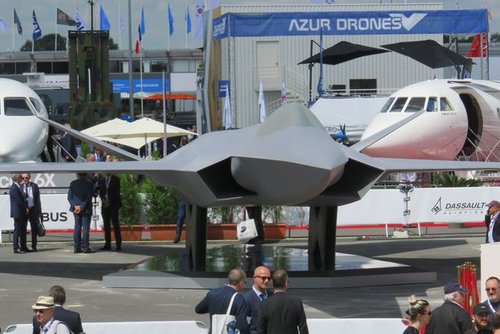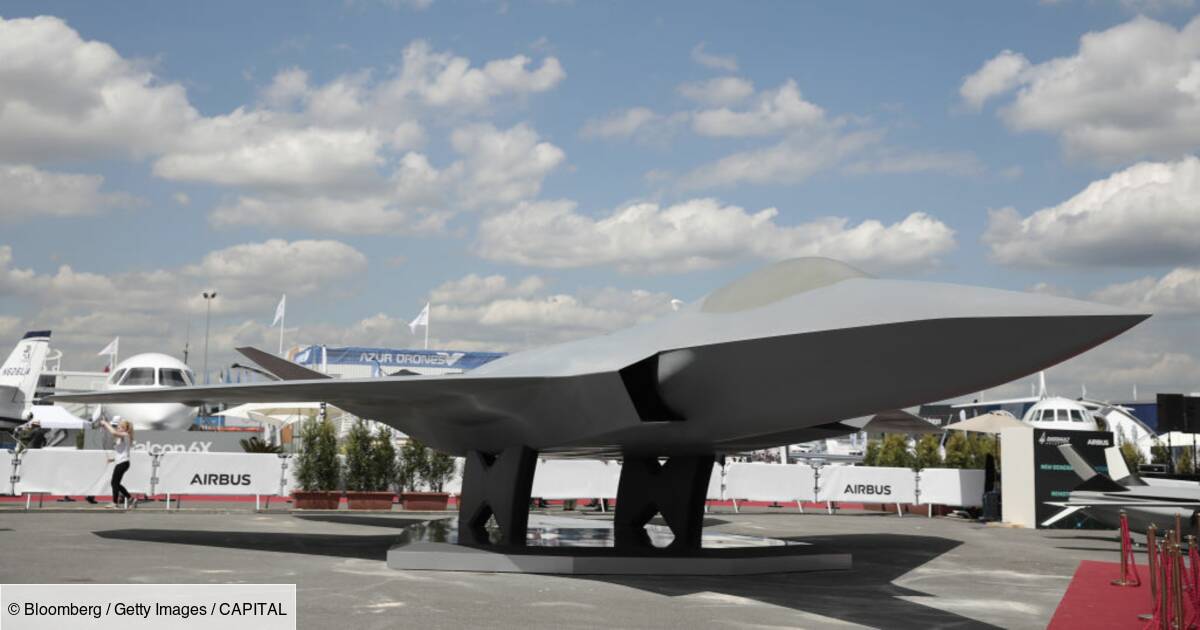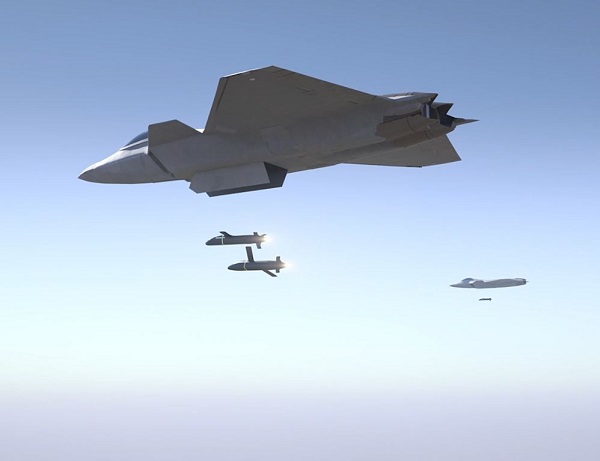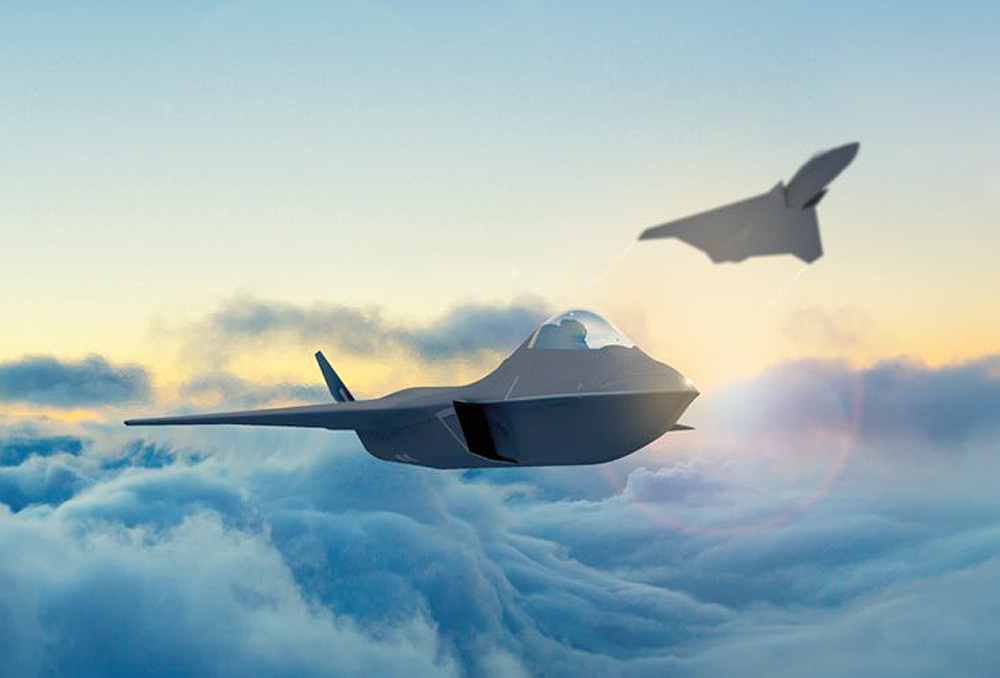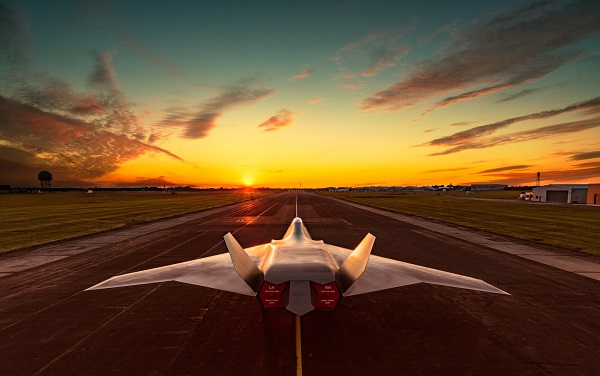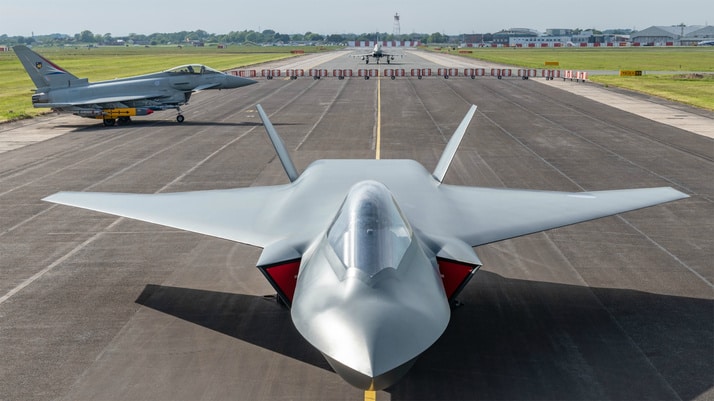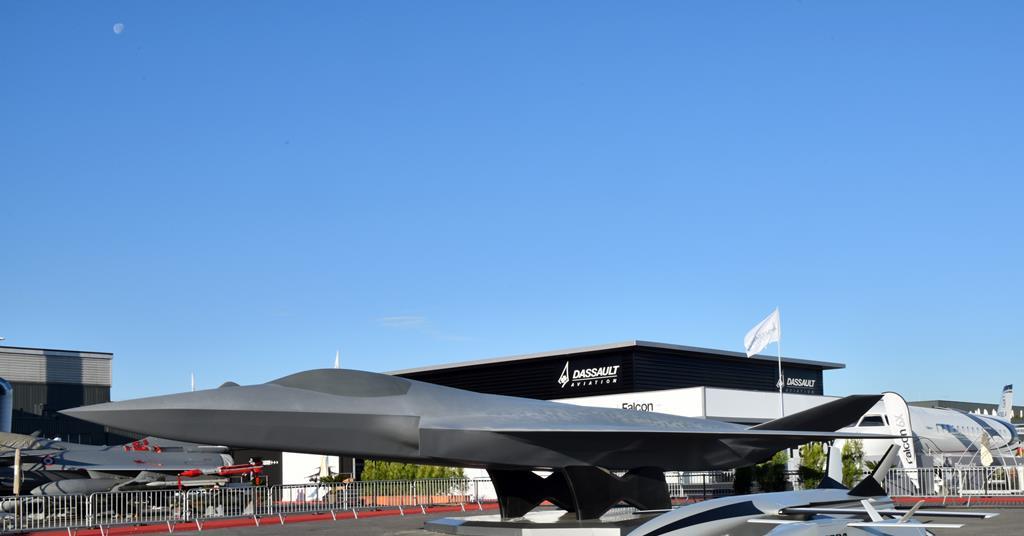These models just feel too generic to me, good for brightening up a marketing stand but not quite the real deal I think.
Absolutely. These are likely just one of several possible early configurations. At at the time they were deemed either most prospective or even just most marketable. Meaning, picked for the looks, so it looks futuristic, capable, worth the money invested, even though they are well aware the final plane may not look the part.
In several years time, when an actual demonstrator aircraft appears - that's when we'll get a better sense of what they're aiming at. But lets be prepared that the demonstrator looks different. Beefier if needed. With more tail surfaces or more vertical tail surfaces if needed. With different wing shape if needed and so on.
And then from the demonstrator to the actual prototype we also might see some further changes, though by then I do think the changes would be fairly small. Like X-35 was to F35 and YF-22 to F-22.

